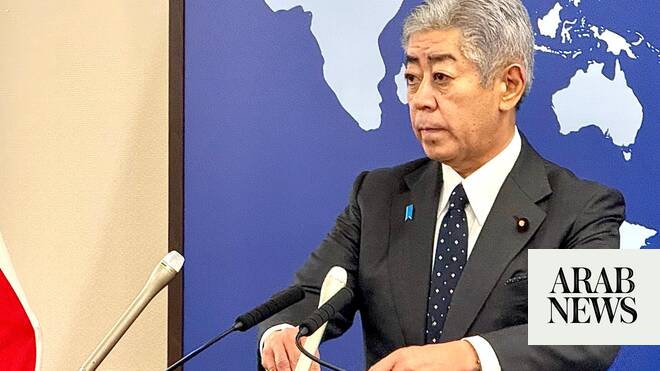Fujitsu Limited and Nutanix (NASDAQ: NTNX), a leader in hybrid multicloud computing, today announced that Fujitsu has completed the migration of its mission-critical enterprise service operation platform from its existing virtualization infrastructure to PRIMEFLEX for Nutanix, which comes standard with the Nutanix Cloud Platform (NCP) solution. This migration enabled Fujitsu to achieve reductions of approximately 30% in implementation costs, and 90% in labor hours for post-migration updates to the service platform. The migration was achieved in two months.
Based on the success, expertise, and know-how gained from the migration of its enterprise service platform to NCP, Fujitsu is leveraging NCP to expand its Mission Critical Transformation Service to provide end-to-end migration support for its customers—from platform assessment to migration and operations. The service will be offered in Japan from October 10, 2025.
In renewing the infrastructure of mission-critical systems—which have a very high impact on business and require consistently high availability and stable operation—it is essential to optimize maintenance and operational costs, adopt new technologies, and address business growth and transformation needs, while minimizing the impact on ongoing operations.
The migration process involves a wide range of challenges, including possible system downtime, ensuring compatibility with existing infrastructure, and managing complex data transitions. In addition, many organizations face skills and resource constraints that hinder their ability to migrate from current systems to optimal infrastructure and adopt new technologies.
Under this service, migration plans are developed to ensure the reliable transfer of numerous business systems while carefully minimizing system downtime for mission-critical systems, including thorough execution of post-migration tasks such as safe system restarts and service verification.
When the migrating systems are running in different virtual environments, Fujitsu will leverage its advanced expertise and practical migration know-how to configuration estimation and sizing, and Nutanix will apply its best practices in workload optimization, compatibility assessment, and performance tuning, ensuring that the system is designed to maximize the performance and availability of the NCP. Furthermore, during migration, customers can achieve a seamless transition from their existing environments by using Nutanix Move, enabling the fastest and simplest migration.
This service will enable efficient and secure migration while delivering business continuity for customers, by supporting reliable, high-quality transitions of on-premises virtualization platforms and minimizing the risks associated with migration.
Fujitsu aims to achieve cumulative sales of approximately 15 billion yen over the next 5 years through this new service. Additionally, Fujitsu will gradually expand its support for migrations to the other Fujitsu cloud platforms.
“By leveraging Nutanix’s migration tools, which successfully supported the renewal of our mission-critical enterprise service infrastructure, we were able to complete the migration in just two months, achieving significant reductions in both implementation costs and labor,” said Kazushi Koga, Corporate Executive Officer, Fujitsu Limited. “Building on this expertise, we are now offering a new migration support service, the ‘Mission Critical Transformation Service.’ This proven collaboration between our two companies will strongly drive the transformation of on-premises virtualized infrastructures.”
“Organizations across industries are seeking faster, more secure ways to migrate and modernize their infrastructure while maintaining business continuity,” said Jay Tuseth, Vice President & General Manager, Asia Pacific Japan, Nutanix. “Our collaboration with Fujitsu will deliver exactly that—an enterprise-grade migration service built on the Nutanix Cloud Platform, backed by deep regional expertise and a shared commitment to customer success. Together, we’re enabling smooth transitions from existing virtual environments and helping customers unlock the full potential of hybrid multicloud.”








